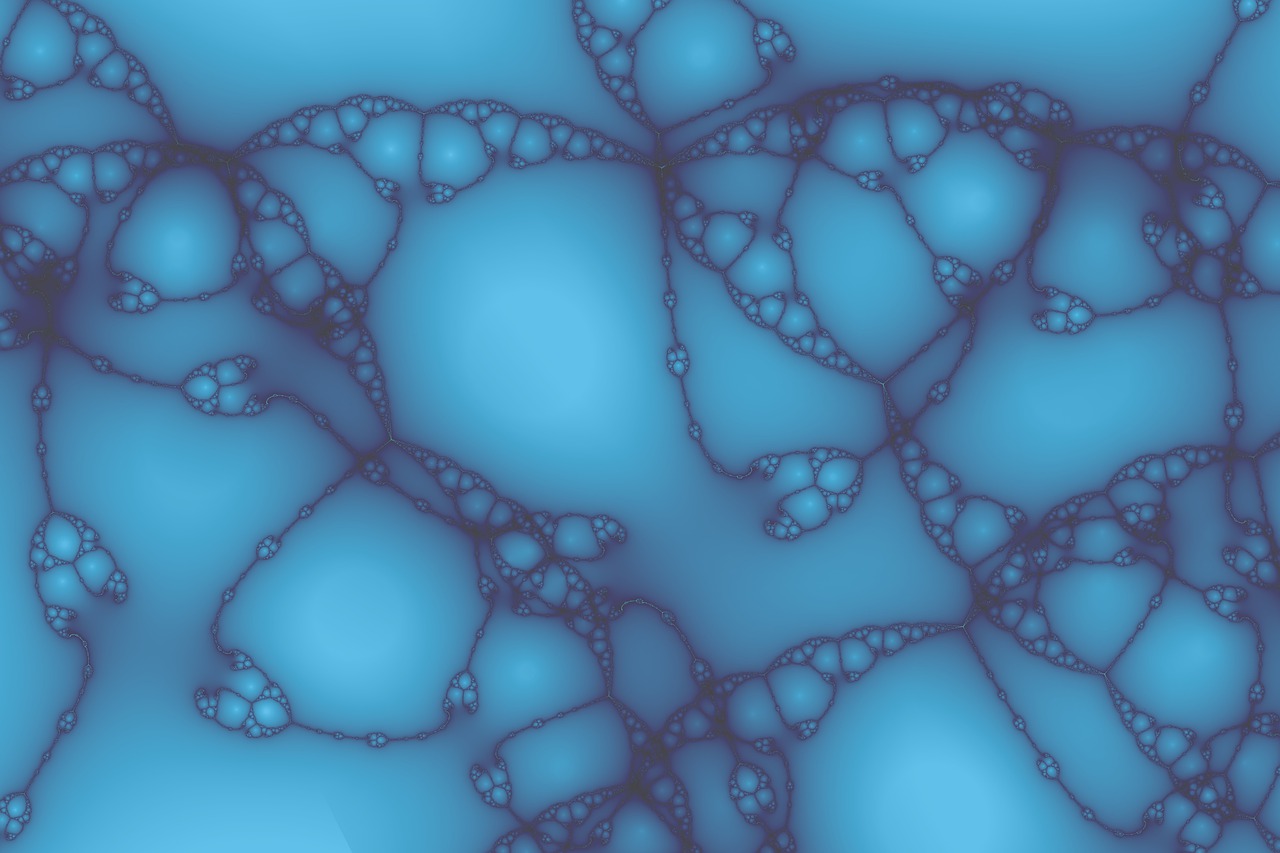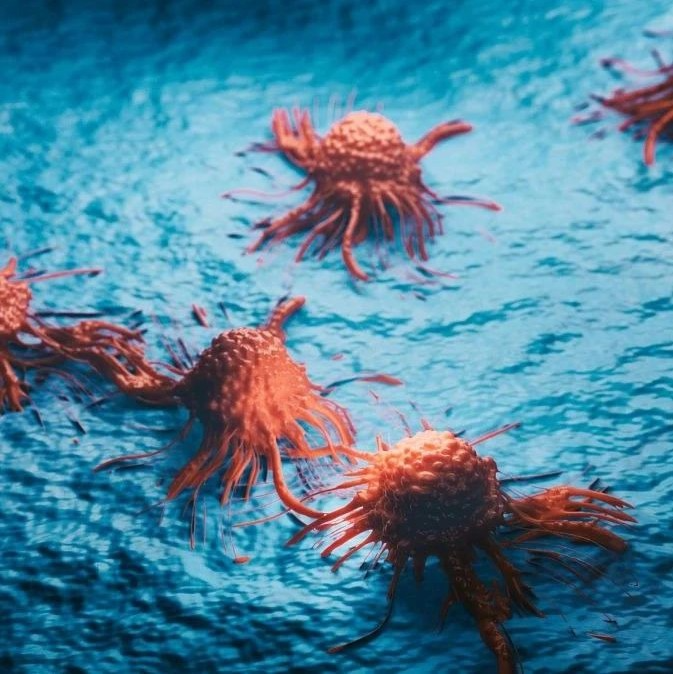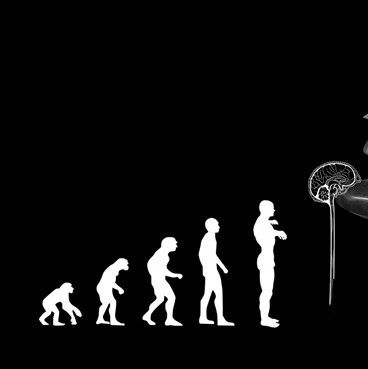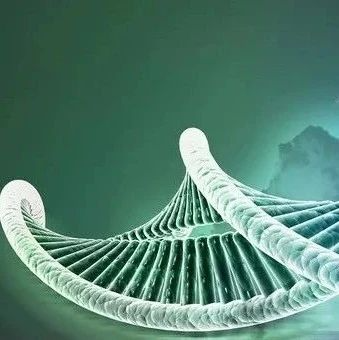大多数抗体是高度特异性的,以高亲和度与某一个外来抗原结合。然而,对从被感染者身上获得的“人免疫缺陷病毒”(HIV)包膜糖蛋白特异性单克隆抗体所做的一项分析,为强度达到令人吃惊程度的“多反应性”提供了证据。
在指向从6个患者克隆出的“gp140包膜糖蛋白”的134种不同抗体中,75%是多反应性的,以高亲和度与一个gp140点结合,以较低亲和度与病毒表面其他点结合。在一个HIV病毒表面上显示的HIV“gp140糖蛋白”尖峰相对很少,所以“同型二价”抗体结合遭到冷遇,而“异型结合”在这种情况下可帮助提高抗体的净亲和力。
生物谷推荐英文摘要:
Nature doi:10.1038/nature09385
Polyreactivity increases the apparent affinity of anti-HIV antibodies by heteroligation
Hugo Mouquet,Johannes F. Scheid,Markus J. Zoller,Michelle Krogsgaard,Rene G. Ott,Shetha Shukair,Maxim N. Artyomov,John Pietzsch,Mark Connors,Florencia Pereyra,Bruce D. Walker,David D. Ho,Patrick C. Wilson,Michael S. Seaman,Herman N. Eisen,Arup K. Chakraborty,Thomas J. Hope,Jeffrey V. Ravetch,Hedda Wardemann" Michel C. Nussenzweig
During immune responses, antibodies are selected for their ability to bind to foreign antigens with high affinity, in part by their ability to undergo homotypic bivalent binding. However, this type of binding is not always possible. For example, the small number of gp140 glycoprotein spikes displayed on the surface of the human immunodeficiency virus (HIV) disfavours homotypic bivalent antibody binding1, 2, 3. Here we show that during the human antibody response to HIV, somatic mutations that increase antibody affinity also increase breadth and neutralizing potency. Surprisingly, the responding naive and memory B cells produce polyreactive antibodies, which are capable of bivalent heteroligation between one high-affinity anti-HIV-gp140 combining site and a second low-affinity site on another molecular structure on HIV. Although cross-reactivity to self-antigens or polyreactivity is strongly selected against during B-cell development4, it is a common serologic feature of certain infections in humans, including HIV, Epstein-Barr virus and hepatitis C virus. Seventy-five per cent of the 134 monoclonal anti-HIV-gp140 antibodies cloned from six patients5 with high titres of neutralizing antibodies are polyreactive. Despite the low affinity of the polyreactive combining site, heteroligation demonstrably increases the apparent affinity of polyreactive antibodies to HIV.







